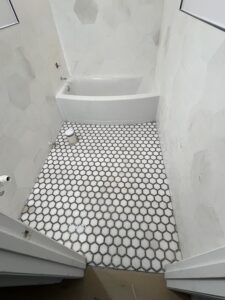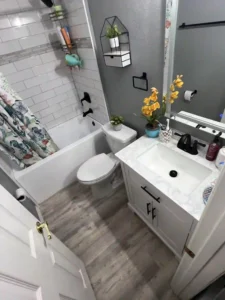
Image by Phanasitti from Getty Images on Canva
In the world of construction and DIY projects, having the right tools can make all the difference in achieving professional-grade results. One such indispensable tool is the drywall square, also known as a T-square. This guide is designed to demystify the use of a square, showing you step-by-step how to use it for accurate measurements and cuts, ensuring your drywall installation looks seamless and professional.
What Is a Drywall Square?
Whether you’re a seasoned builder, a carpenter, or a DIY enthusiast, mastering the drywall square will elevate the quality of your work and make your projects run more smoothly. Let’s begin!
A drywall square, also known as a T-square, is a large, T-shaped measuring tool used primarily in the construction and drywall industry. It’s an essential tool for builders, carpenters, and DIY enthusiasts when it comes to measuring, marking, and cutting drywall sheets. The tool consists of a long, straight blade attached perpendicularly to a shorter, wide head, resembling the letter “T.” This design allows for easy alignment along the edge of a drywall panel, providing a straight edge to guide marking or cutting tools.
How Does a Drywall Square Work?
A drywall square works by providing a large, straight edge that can be aligned along the side of a drywall sheet. The head of the square rests against the edge of the panel while the blade extends across the material. This setup ensures that measurements and cuts are straight and accurate, which is crucial for proper fit and finish in drywall installation. The simplicity of its design makes it easy to use yet highly effective for its intended purpose.
How to Use a Drywall Square
Using a drywall square is essential for achieving precise cuts in your drywall projects. From measuring and marking to the final finishing touches, here are the seven steps to master this tool for professional-quality results.
1. Measure and Mark Your Cut Line
Begin your drywall project by precisely measuring the area where the drywall needs to fit. Utilize a tape measure to determine the length of the cut required and mark the initial point on the edge of the drywall sheet with a pencil. This step is crucial for accuracy and ensures that the drywall piece will fit perfectly in the designated space. Accurate measurements and clear marking are the foundation of a successful cut, reducing waste and ensuring that the drywall fits as intended.
2. Align the Drywall Square
With your cut line marked, position the drywall square on the sheet so that its longer arm, known as the blade, aligns with your pencil mark. The shorter arm, or the head, should rest firmly against the edge of the drywall, providing stability. This alignment is essential for ensuring a straight and accurate cut. The square acts as a guide, ensuring that your pencil line is perfectly straight. Proper alignment of the square is key to achieving professional-level precision in your drywall project.
3. Draw the Cut Line
While keeping the drywall square steady with one hand, use your other hand to draw a pencil line along the blade’s edge. This line should extend from one side of the drywall sheet to the other, serving as a precise guide for where you will make your cut. This step is vital for maintaining the accuracy of your cut, ensuring that the drywall piece will be straight and fit well. The drawn line is your blueprint for the subsequent cutting action, so it must be clear and straight.
4. Score the Drywall
Using a utility knife, carefully score along the drawn pencil line. Apply consistent pressure to cut through the paper layer and slightly into the gypsum core. It’s important not to cut all the way through the panel on the first pass; scoring deeply enough to break the integrity of the paper and slightly indent the gypsum will suffice. This action initiates the cutting process, preparing the drywall for a clean break. Scoring is a controlled way to begin separating the drywall along your desired line, ensuring a neat edge.
5. Snap the Drywall
After scoring, reposition the drywall so the scored line is slightly beyond the edge of your work surface. Firmly apply pressure on the supported side of the drywall, snapping it cleanly along the scored line. This technique utilizes the scored line as a weak point, allowing the drywall to break in a controlled and precise manner. Snapping the drywall is an effective method to separate it along a straight line, ensuring the piece matches your measurements.
6. Cut the Paper on the Other Side
Once snapped, flip the drywall sheet over to reveal the intact paper backing on the other side. Using your utility knife, cut through this paper backing along the snapped line. This step completes the separation of the drywall piece, ensuring that both sides are neatly cut. Cutting through the paper backing is the final step in fully separating your drywall piece, ensuring a clean break and a straight edge.
7. Finish Your Cut
Finally, inspect the cut edge of your drywall piece. If there are any uneven areas or rough edges, use your utility knife to trim these imperfections. This finishing touch ensures that the drywall piece will fit perfectly into place, with clean edges that contribute to a professional-looking installation. The finishing step is crucial for ensuring the drywall piece not only fits well but also looks seamless once installed, reflecting the quality of your workmanship.
FAQs

Image by Simple Creative Photography on Canva
Can I use a drywall square for materials other than drywall?
Yes, a drywall square, while designed for drywall, is versatile enough to be used for measuring and marking a variety of materials. Its large, straight edge can assist in cutting panels like plywood, MDF (Medium-Density Fiberboard), and other sheet goods. However, ensure the material thickness is compatible with the depth of the square for accurate alignment.
How do I maintain my drywall square to ensure it remains accurate?
To maintain the accuracy of your square, regularly check the squareness of the tool using a known right angle and inspect it for bends or damage. Store it flat or hang it to prevent warping. Keeping the edges clean from dust and debris also ensures precise markings and measurements.
What is the typical size of a drywall square, and are there different sizes available?
The typical square size has a blade length of about 48 inches to accommodate the width of standard drywall sheets. There are compact versions for smaller projects or tight spaces. Choosing the right size depends on your specific project needs and the size of the materials you frequently work with.
Can a drywall square be used by beginners, or is it more suited for professionals?
A square is an excellent tool for both beginners and professionals. Its simple design and ease of use make it accessible for DIY enthusiasts learning to cut drywall or other materials. For professionals, it offers the precision and reliability needed for efficient, high-quality installations.
Conclusion
Mastering the use of a drywall square is crucial for anyone involved in drywall projects, allowing for precise cuts and efficient installation. By following this guide, you can enhance the quality of your work, whether it’s a small repair or a large-scale renovation.
However, if you’re looking for professional results with minimal hassle, we’re here to help. Our expert team offers premium drywall installation services, guaranteeing your projects are completed to the highest standards. Contact us today at Miller 86 to learn more about how we can assist with your drywall needs, ensuring perfection in every project.





